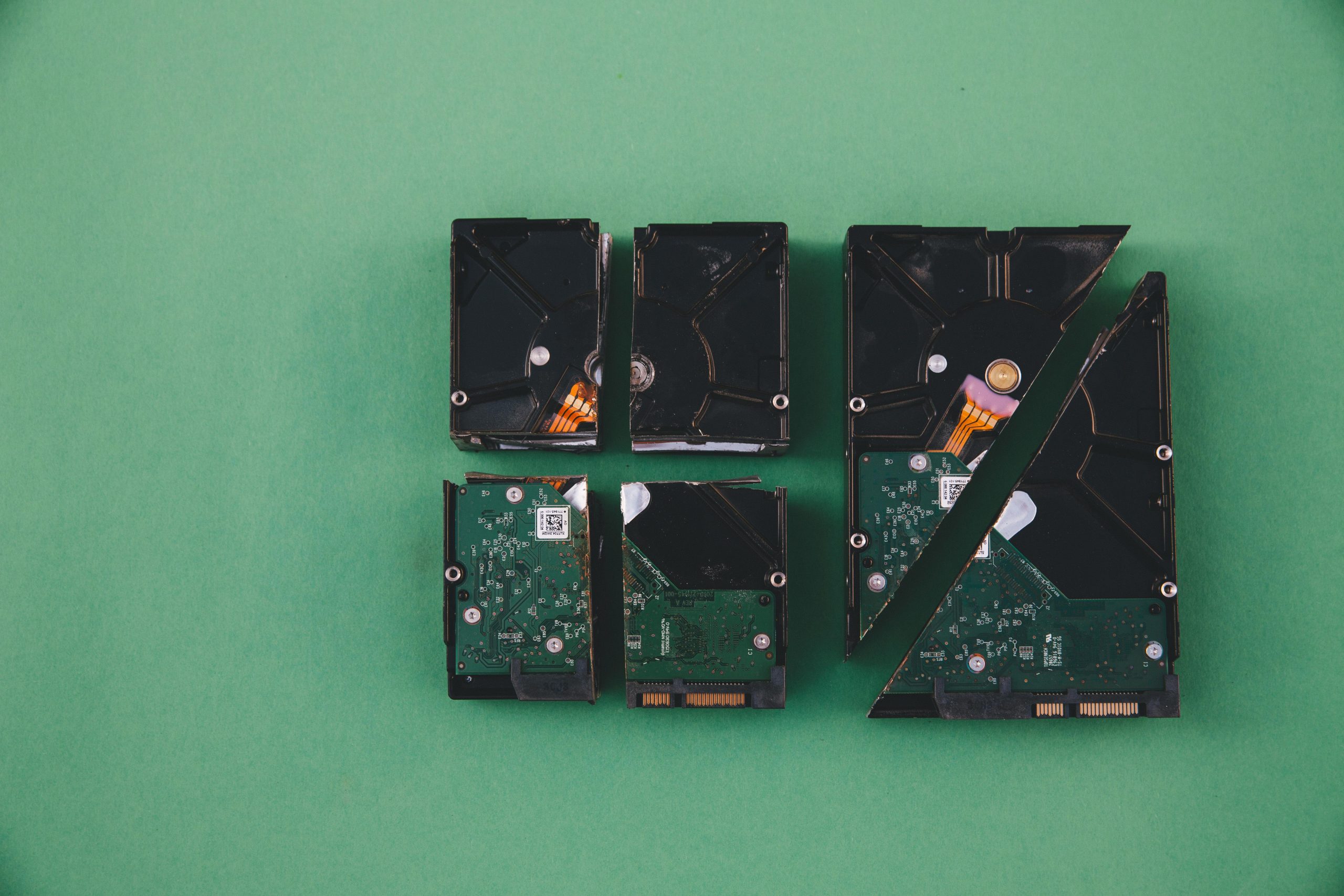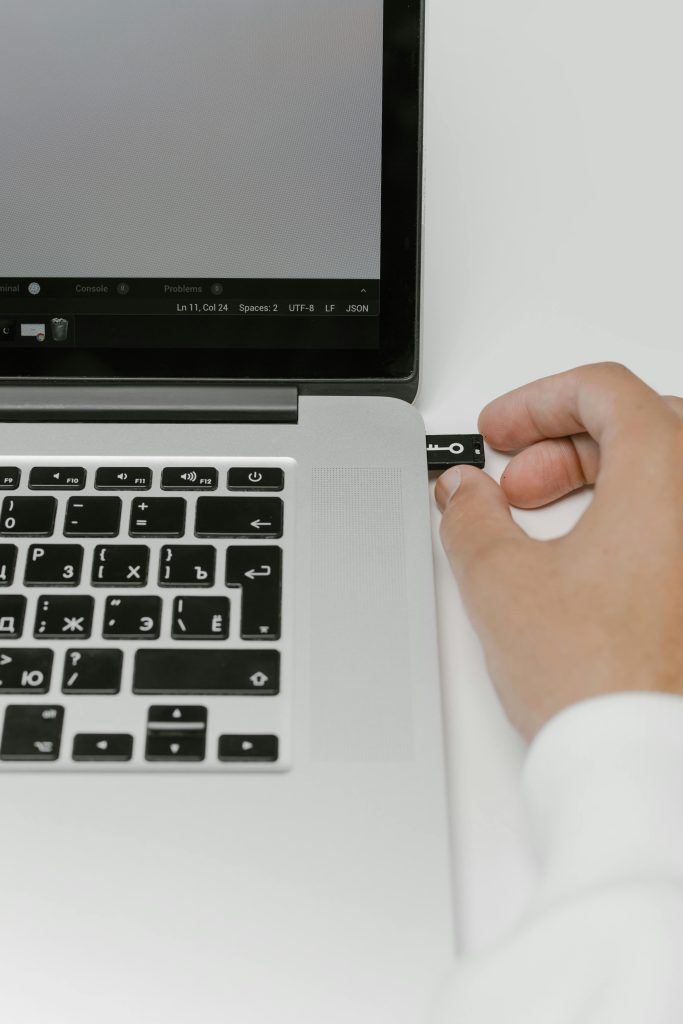Troubleshooting External Hard Drive Recognition Issues: Why Your Drive Isn’t Showing Up on My PC
External hard drives are invaluable tools for expanding storage, backing up data, and transferring files between devices. However, users occasionally encounter a frustrating problem: the drive appears as an icon indicating it is safely removable, but it does not appear in “My PC” or File Explorer. This article explores common causes of this issue and provides practical steps to diagnose and resolve it.
Understanding the Scenario
Imagine you’re copying a folder to a friend’s laptop when the transfer speed plummets to zero at 45% completion. You decide to cancel the operation and safely remove the external hard drive. Upon reconnecting, the drive’s LED indicator lights up, but it does not appear in “My PC.” The same process on your own laptop yields a similar result: the drive remains unrecognized.
This situation is not uncommon and can be caused by various factors, including hardware issues, driver conflicts, or filesystem errors.
Common Causes of External Drive Recognition Problems
- Hardware Connectivity Issues: Loose or damaged USB cables, faulty USB ports, or power supply problems.
- Drive Power Issues: Insufficient power to the drive, especially for external drives that rely on USB power.
- File System Errors: Corruption or damage to the drive’s filesystem can prevent Windows from mounting it correctly.
- Driver or Firmware Problems: Outdated or incompatible drivers can hinder recognition.
- Drive Failure: Physical damage or internal component failure.
Diagnostic Steps
- Check Physical Connections
- Ensure the USB cable is securely connected.
- Try connecting the drive to a different USB port or a different computer.
-
Use a different cable if available.
-
Verify Drive Power Status
- Observe the LED indicator. If lit, the drive has power.
-
For powered external drives, confirm the power adapter is working properly.
-
Use Disk Management
- Right-click on “This PC” or “My Computer” and select Manage.
- Navigate to Disk Management.
- Check if the external drive appears there. It may be listed without a drive letter or as unallocated space.
- If the drive shows up but lacks a letter, right-click and choose Change Drive Letter and Paths to assign one.
- If it shows as unallocated or RAW, it indicates filesystem issues
Share this content:



